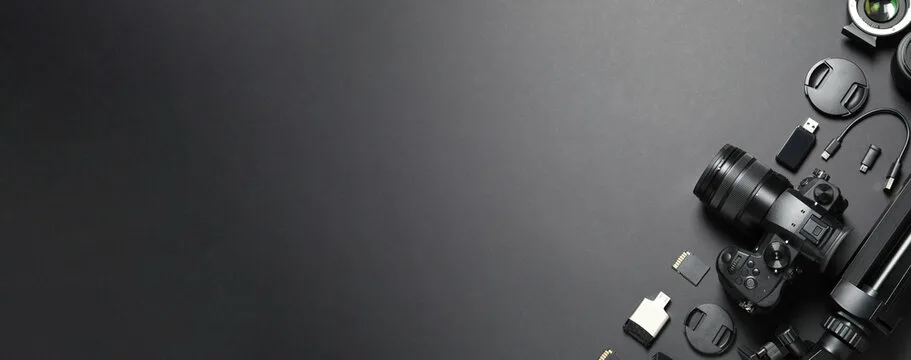
Blog
Sony FX2 Introduced with Tilting EVF, Enhanced Still Photography Features, and More
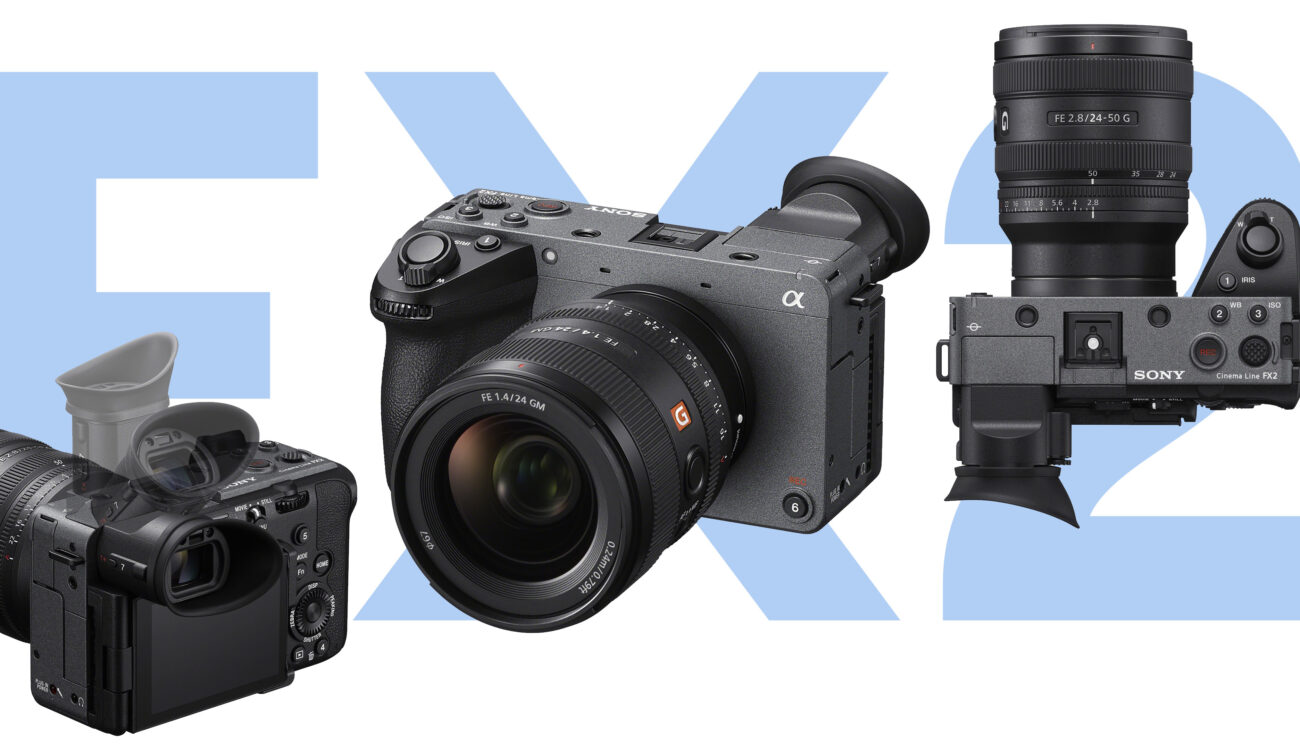
Sony FX2 Introduced with Tilting EVF, Enhanced Still Photography Features, and More
Following the FX9, FX6, FX3, and FX30 models, Sony has unveiled a new addition to its compact cine lineup – the FX2. Much like the FX3, the FX2 is essentially an Alpha series camera repurposed for cinema use, specifically based on the popular a7IV. This model features a 33-megapixel sensor, which closely resembles the sensor in the a7IV, though Sony hasn’t officially confirmed this. Most of the imaging functions for both still photos and video are shared between the FX2 and the a7IV, while the physical design closely aligns with that of the FX3 and FX30. You can find a thorough FX2 review and sample videos on our dedicated page.
Let’s examine some of the essential specifications of this new camera.
Sensor and Resolution: The FX2 is equipped with a 33-megapixel sensor that supports oversampled 4K recording through a 7K capture at up to 30 frames per second, as well as 4K at 60 frames per second in Super 35mm crop mode.
Recording Options: It offers 10-bit 4:2:2 recording, including S-Log and S-Cinetone profiles, and provides the option to output 16-bit raw video externally via HDMI.
ISO and Dynamic Range: The sensor incorporates a dual-gain design, with base ISO values of 800 and 4000 for S-Log shooting, capable of capturing over 15 stops of dynamic range.
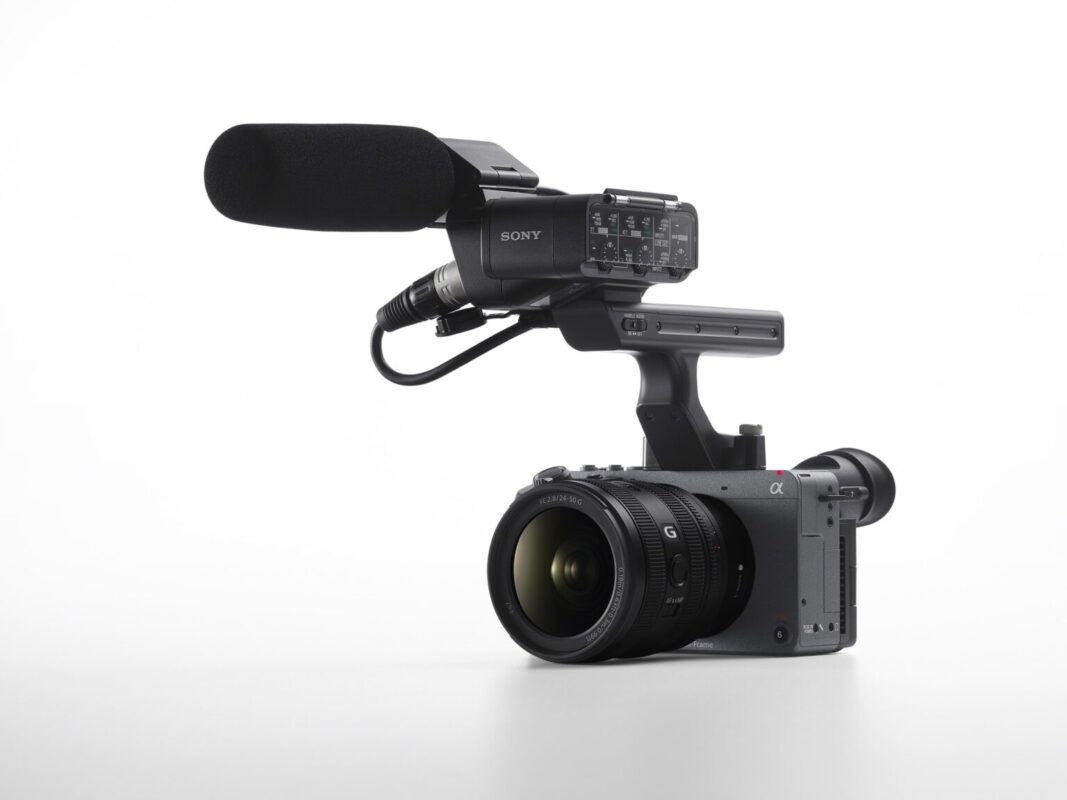
Sony FX2 Supports 4K in Super 35 Crop Mode
The FX2 features a 33-megapixel sensor enabling oversampled 4K video derived from a 7K source up to 30fps. It also supports 4K recording at 60fps using a Super 35 (APS-C) crop. This is a notable distinction since neither the FX3 nor the FX6 can achieve 4K recording using an S35 crop due to their 12-megapixel sensors’ resolution limits. This unique capability lets the FX2 switch between full-frame and Super 35 4K video recording modes. Additionally, Full HD recording at 120fps is available. The camera maintains 10-bit 4:2:2 recording throughout, accompanied by S-Log and S-Cinetone profiles for both video and still photography, ensuring rich color depth and flexibility. There’s also an option for external 16-bit raw video output through the HDMI Type A port. The back-illuminated sensor’s dual-gain architecture allows for base ISO settings at 800 and 4000 during S-Log recording, enabling a wide latitude of approximately 15 stops according to Sony’s claims (subject to confirmation via lab tests).
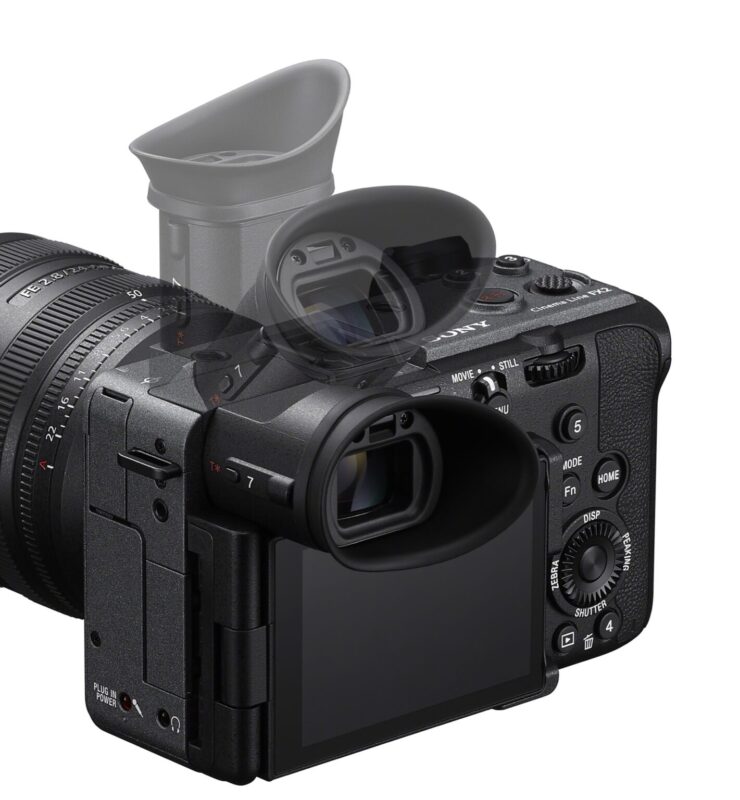
Tiltable EVF
Along with inheriting the well-regarded FX3 body design, the FX2 introduces a distinctive feature rarely seen in the market: a tiltable electronic viewfinder (EVF) with 3.68 million dots. The FX2 can be perceived as a hybrid between the FX3 and the a7IV. While fans familiar with those models may feel they understand the FX2 right away, it’s more accurate to assess this as a brand-new camera on its own merits. Beyond mere specifications, the physical redesign and ergonomics have a profound impact on the user experience.
An Unexpected Candidate
At first, it might seem unusual that the a7IV was chosen as the foundation for a cine camera. Within Sony’s extensive Alpha line, the a7IV is arguably less focused on video features. Its 33-megapixel sensor excels in still photography and can produce attractive oversampled 4K video but struggles with fast readout speeds, as shown in testing. This results in some limitations like rolling shutter and constrains slow-motion recording to 4K 60fps with a Super 35 crop and 120fps only at Full HD resolution. While these specs might appear to be drawbacks, they offer important advantages when considered in the context of the entire FX series.
A Camera Tailored for the Majority
In recent times, the ability to shoot slow motion at 4K or higher resolutions has gradually shifted from specialized cinema cameras to premium hybrid models and even some mid-level cameras. However, most video work is still produced at the standard frame rates of 24 to 30 fps. In this context, the FX2 delivers highly detailed 4K video oversampled from a 7K source. It also provides 4K Super 35 recording, slightly oversampled from 4.6K, unlocking numerous lens options that were previously limited to Full HD on the FX3, along with a “digital zoom” feature if needed. This versatility arguably outweighs the appeal of 4K 120fps slow motion for many users.

While I would personally welcome a 7K open-gate mode for more creative aspect ratio possibilities, for most typical scenarios, the FX2’s sharp 4K output will suffice and could even surpass the FX3’s performance at standard frame rates, all at a more affordable price. Additionally, Sony has done something quite rare with the FX2: combining a cinema camera’s core capabilities with enhanced still image performance.
A Cinema Camera with an Eye Toward Stills
The FX2 primarily serves as a cinema camera, inheriting the popular FX3 chassis and featuring cinema-specific tools such as the “BIG6” display system that shows key shooting parameters on the screen. Although it’s not designed to replace dedicated still cameras, Sony recognizes the increasing demand for strong still photography performance within the industry and incorporates this into the FX2. Whereas still cameras have increasingly embraced video features, and some of those features have made their way into high-end cine cameras, the FX2 puts particular emphasis on its high-resolution stills capability. It even supports Log shooting modes for stills, simplifying the process of matching stills with video color grading workflows. The convergence of still and motion image production continues to evolve, even if full integration remains somewhat elusive.
Ergonomics Over Pure Specs
Setting aside the technical details, the FX2 is essentially a repackaged a7IV housed inside an FX3-style body. While some might view this as a cost-saving shortcut, I argue that the ergonomic improvements represent one of the most meaningful upgrades. Incremental improvements in resolution or dynamic range, though valuable, do not compare to the impact of a thoughtful physical redesign.
How we physically interact with our cameras deeply influences the creative process. The blend of the a7IV’s technical specifications with the FX3’s ergonomic design results in a distinctly new camera. The active cooling system allows extended recording durations when using demanding oversampled 4K modes. The XLR handle enables professional-grade audio capture within a compact form factor. The robust chassis with integrated mounting points and input/output ports might reduce the need for additional cages or rigs.
Sony FX2 Introduced with Tilting EVF, Enhanced Still Photography Features, and More
Sony also introduced a highly practical and rarely seen feature — a tilting EVF. This design, once common on camcorders but scarce among hybrid cameras, is a welcome addition. It’s often attributed to the traditional SLR-style designs of hybrid models that have avoided such functionality. It’s encouraging to see Sony bring this feature back, and hopefully other manufacturers will follow suit. FUJIFILM offers something similar on its flagship GFX models via an optional accessory, and Panasonic included tilting EVFs in some older Micro Four Thirds LUMIX cameras, but it’s still not common in the market.
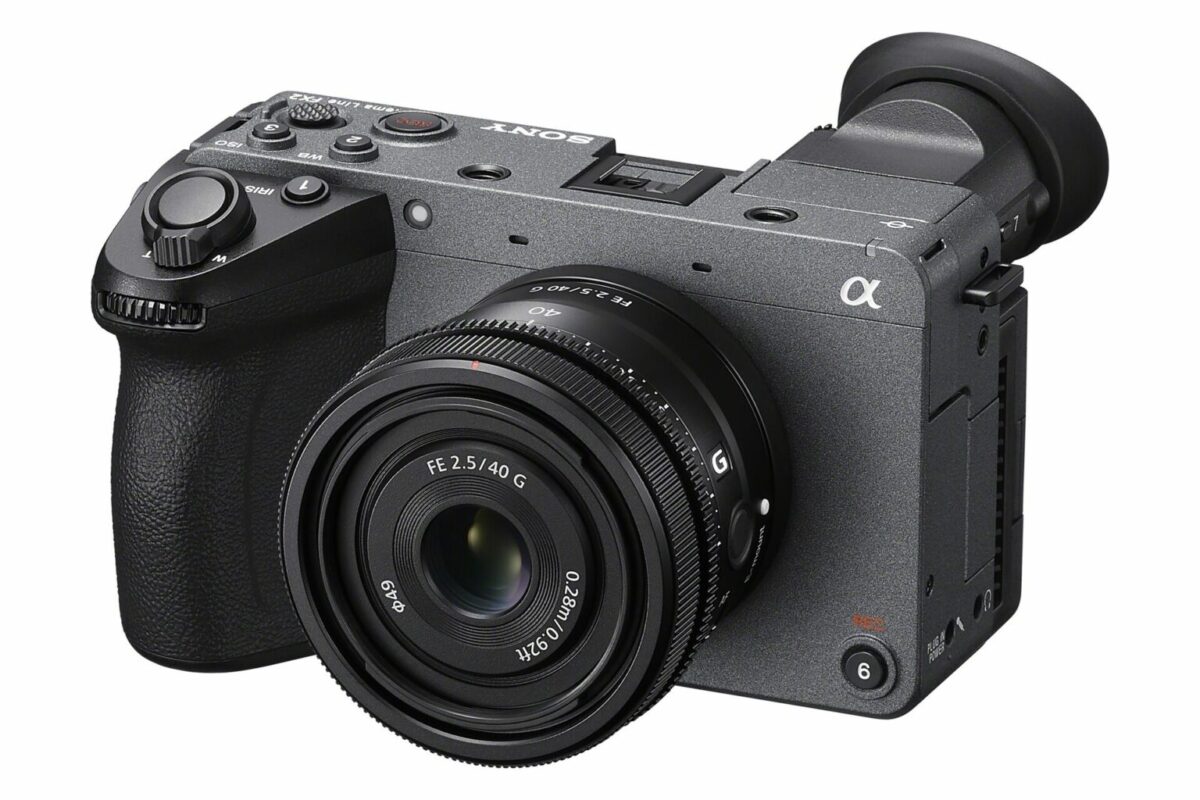
Could the Sony FX2 Become the Go-To Video Camera?
I’m cautious about predicting industry trends, but in my view, the FX2 fits neatly between the FX3 and FX30 in Sony’s lineup and stands above the Alpha hybrid models in video capabilities. It’s a well-equipped and well-designed camera tailored for everyday, standard use cases. I would argue that the FX2 is Sony’s ideal choice for many creators working in common video scenarios. I expect it will satisfy a broad range of videographers, content producers, and filmmakers. Be sure to explore our detailed testing to determine if this camera meets your individual needs.
Comparison chart: FX30, FX2 and FX3
| Feature | FX30 | FX2 | FX3 |
|---|---|---|---|
| Sensor | Back-illuminated APS-C size Exmor R CMOS sensor (26M) | Back-illuminated 35mm full-frame Exmor R CMOS sensor (33M) | Back-illuminated 35mm full-frame Exmor R CMOS sensor (12M) |
| Processing engine | BIONZ XR | BIONZ XR | BIONZ XR |
| HFR (4K / FHD) | 4K 120p (QFHD) / FHD 240p | 4K 60p (S35) 30p (QFHD) / FHD 120p | 4K 120p (QFHD) / FHD 240p |
| Recording format | XAVC S / XAVC S-I / XAVC HS | XAVC S / XAVC S-I / XAVC HS | XAVC S / XAVC S-I / XAVC HS |
| Bit-depth / Codec | 10bit 4:2:2, Long GOP, All-I / H.264, H.265 | 10bit 4:2:2, Long GOP, All-I / H.264, H.265 | 10bit 4:2:2, Long GOP, All-I / H.264, H.265 |
| ISO range | 100 – 32000 (50 – 102400 expanded) | 80 – 409600 (expanded) | 80 – 409600 (expanded) |
| Base ISO | 800 / 2500 | 800 / 4000 | 800 / 12800 |
| EVF | NA | Yes (tilt:0°–90°) 3.68M | NA |
| LCD screen | 3.0” / 2.36M | 3.0” / 1.04M | 3.0” / 1.44M |
| Latitude | 14+ stop | 15+ stop | 15+ stop |
| Cinema look / S-Log | S-Cinetone, s709 / S-Log3, HLG | S-Cinetone, s709 / S-Log3, HLG | S-Cinetone, s709 / S-Log3, HLG |
| LUT (Preset / Custom) | 709 (800%), s709 / Yes (User LUT) | 709 (800%), s709 / Yes (User LUT) | 709 (800%), s709 / Yes (User LUT) |
| Log Shooting Setting | Flexible ISO / Cine EI / Cine EI Quick | Flexible ISO / Cine EI / Cine EI Quick | Flexible ISO / Cine EI / Cine EI Quick |
| Autofocus | Fast Hybrid AF (no AI processing Unit) / Eye-AF (human, animal, bird) / Tracking | Fast Hybrid AF (AI processing unit) / Eye-AF (human, animal, bird, insect, car, train, airplane, auto) / Tracking | Fast Hybrid AF (no AI processing Unit) / Eye-AF (human, animal [still only]) / Tracking |
| Stabilization (Body /Application) | Yes 5-axis (Active / Standard) 5.5 stops / Yes | Yes 5-axis (Dynamic active / Active / Standard) 5 stops / Yes | Yes 5-axis (Active / Standard) 5.5 stops / Yes |
| Handle / Grip / Screw | XLR handle / – / ¼-20 UNC x4 | XLR handle / – / ¼-20 UNC x3, M3 x1 | XLR handle / – / ¼-20 UNC x4 |
| UVC / UAC | Yes | Yes | NA |
| Active cooling | Internal fan | Internal fan | Internal fan |
| Media | CFexpress Type-A / SD x2 | CFexpress Type-A / SD x1 + SD x1 | CFexpress Type-A / SD x2 |
| Battery | NP-FZ100 (16.4Wh) | NP-FZ100 (16.4Wh) | NP-FZ100 (16.4Wh) |
| Dust & moisture resistance | Yes | Yes | Yes |
| Shutter | Electronic shutter | Mechanical, electronic shutter | Mechanical, electronic shutter |
| Continuous shooting speed | NA (single shooting) | 10 fps | 10 fps |
| Flash control | NA | Sony α system flash, flash sync speed 1/250 sec. | Sony α system flash, flash sync speed 1/250 sec. |
| Size and weight | 129.7 x 77.8 x 84.5 mm / 646 g | 129.7 x 77.8 x 103.6 mm / 677 g | 129.7 x 77.8 x 84.5 mm / 714 g |
Pricing and Availability
The Sony FX2 will be offered at a price of $3,099.99 when purchased with the XLR handle, and $2,699.99 for the body-only version.
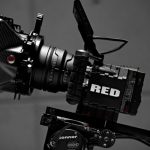 Cinema Cameras
Cinema Cameras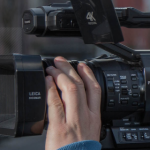 Pro Camcorders
Pro Camcorders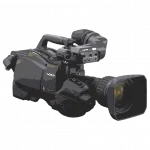 System Cameras
System Cameras Drones
Drones